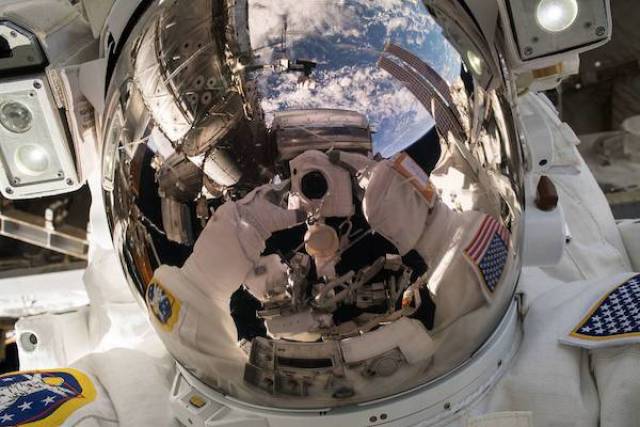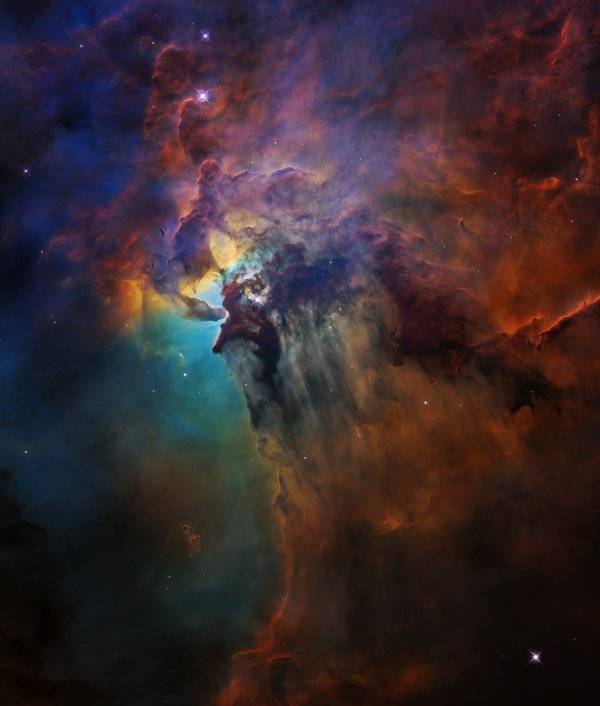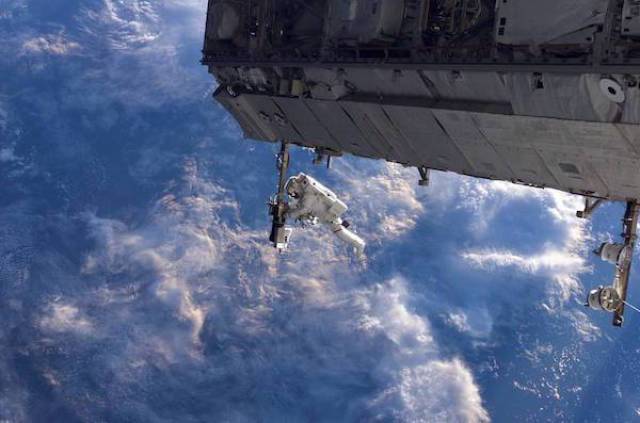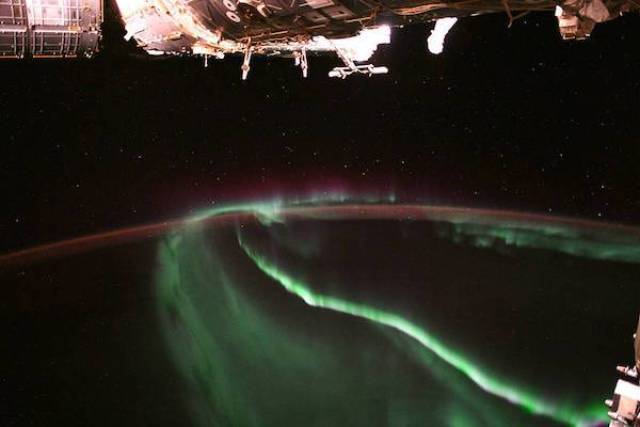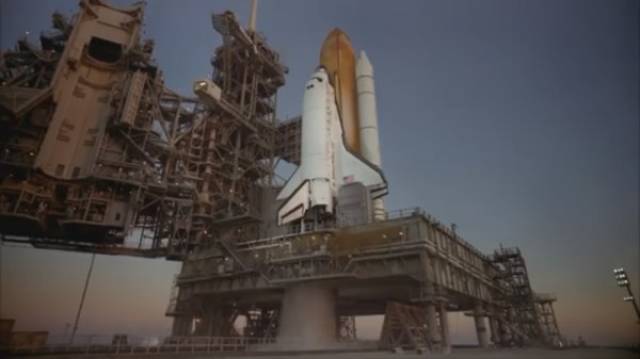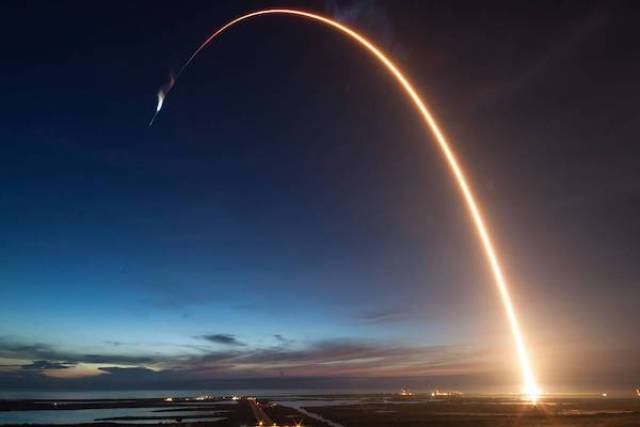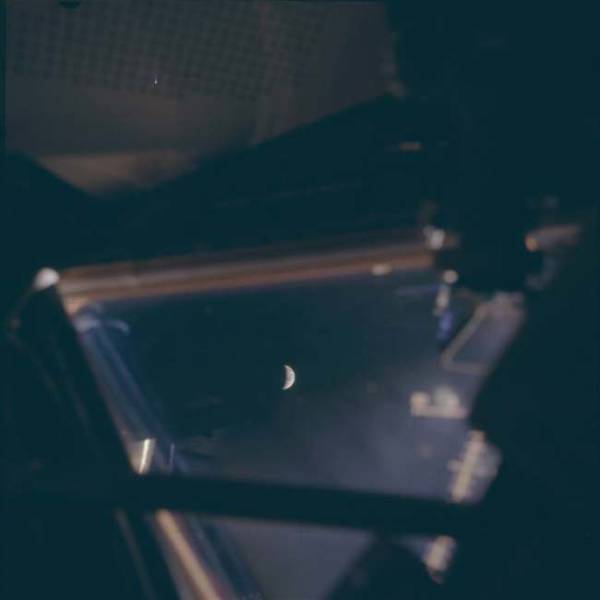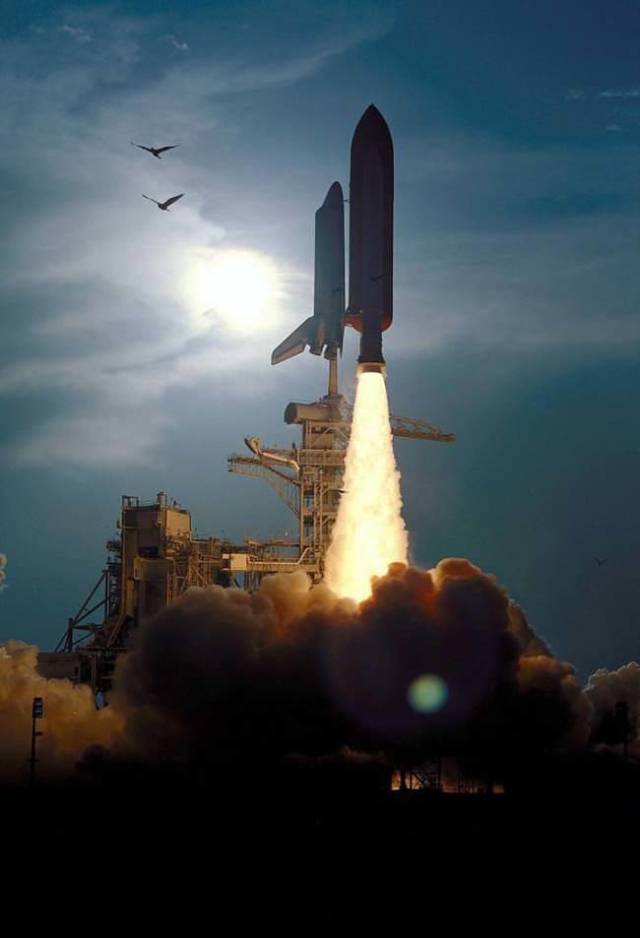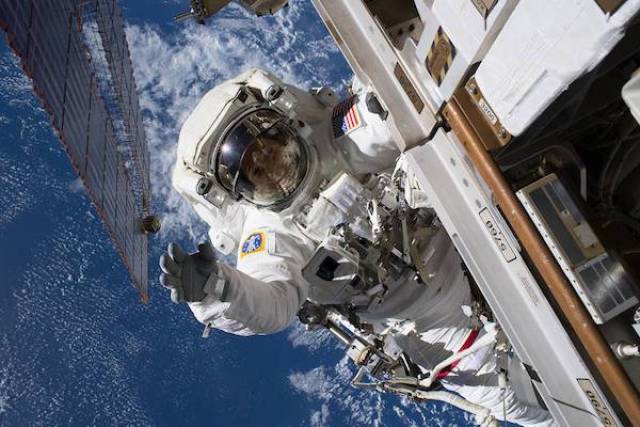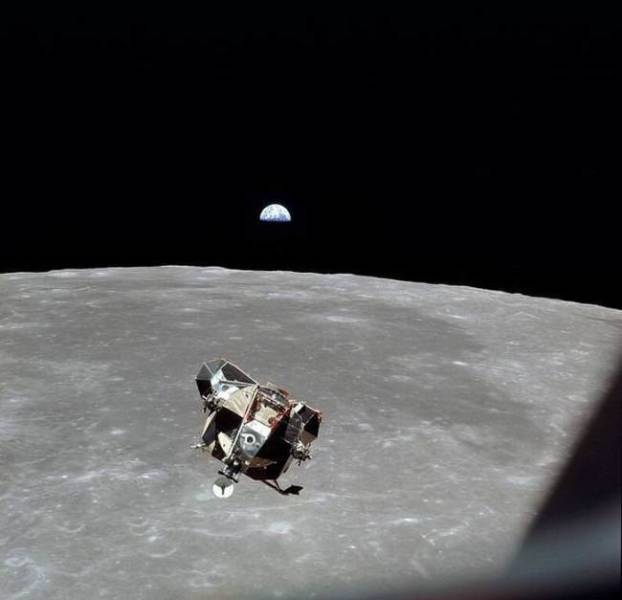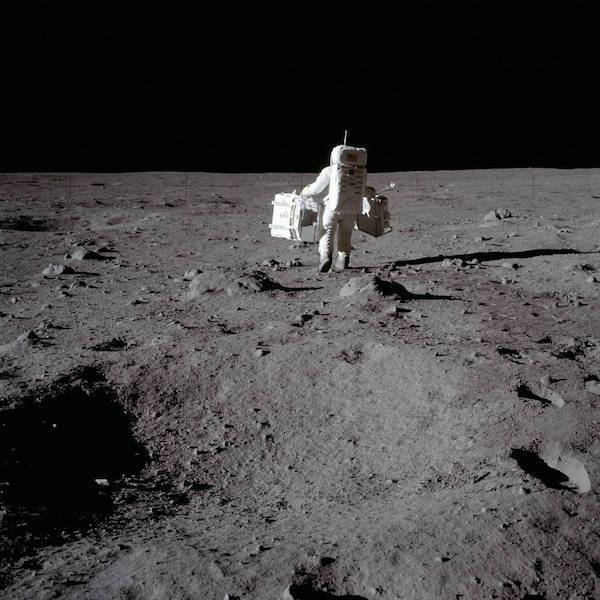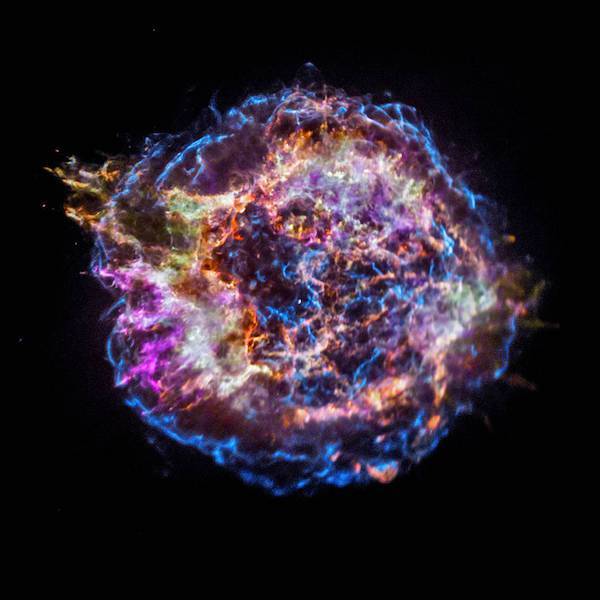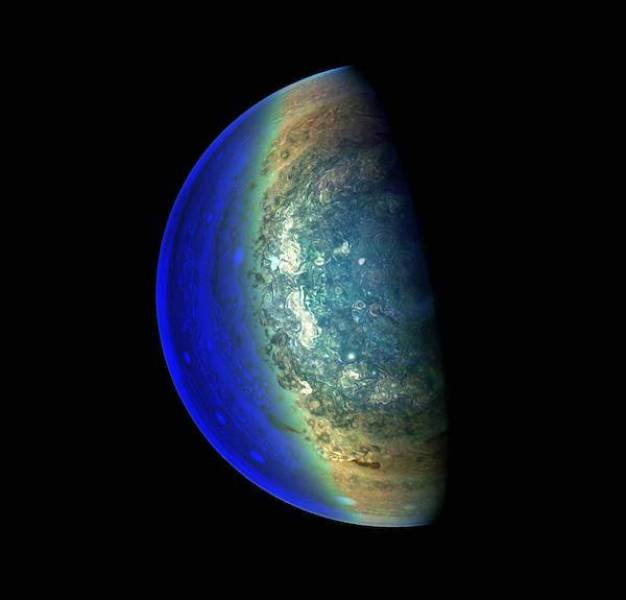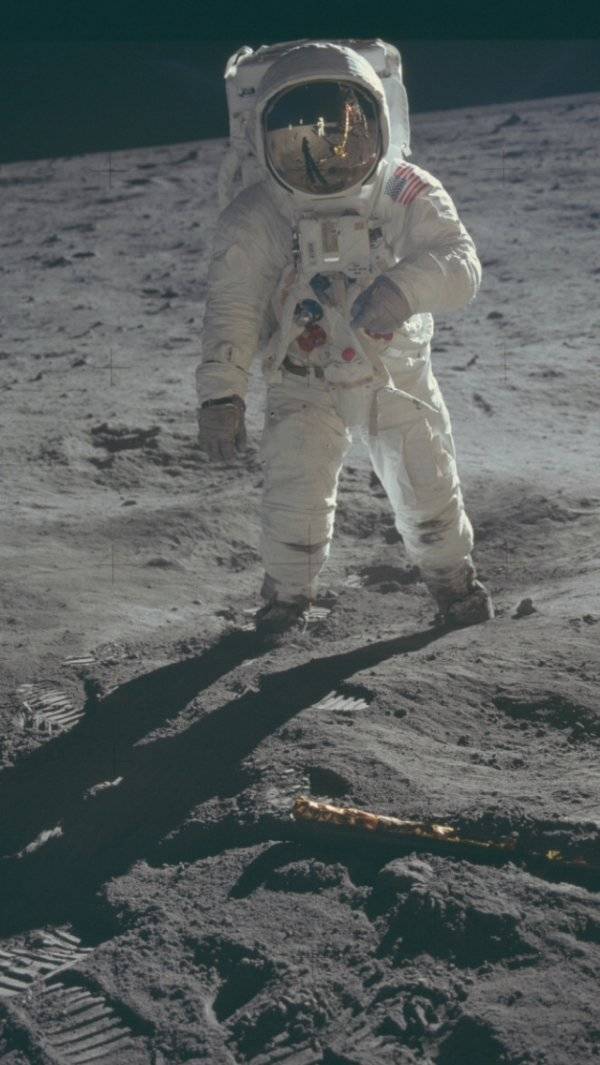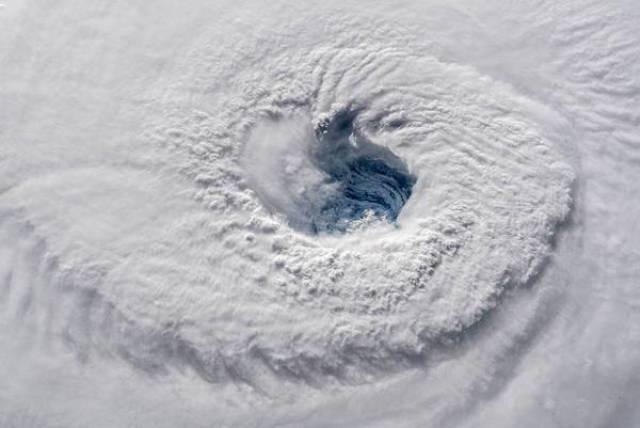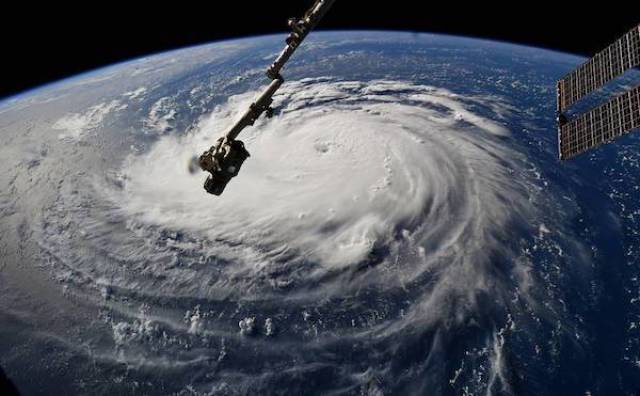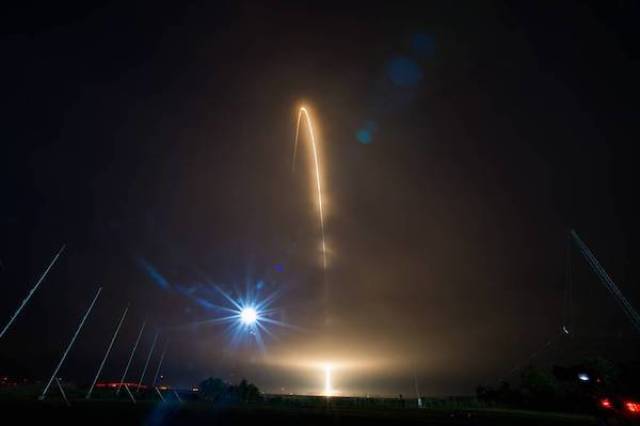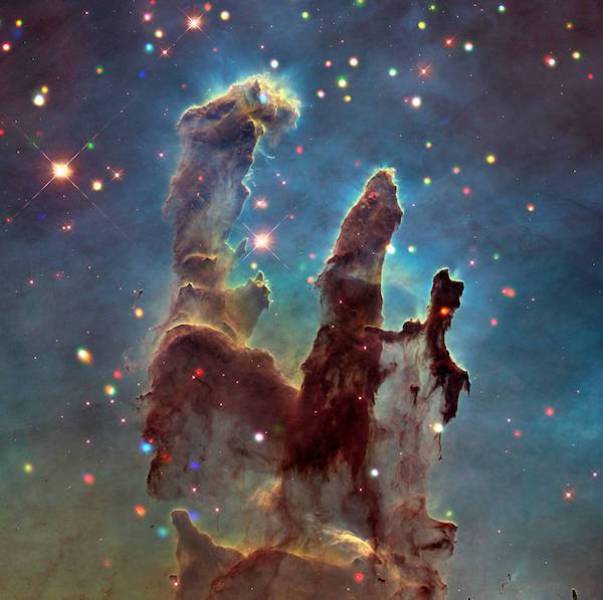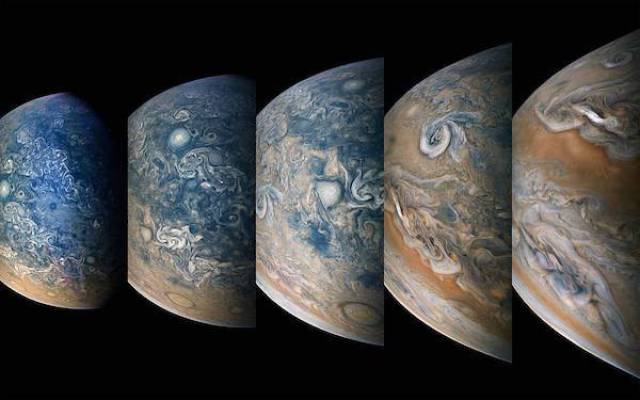Astronaut Ricky Arnold took this selfie during the May 16, 2018, spacewalk.
This colorful image, taken by NASA’s Hubble Space Telescope, celebrates the Earth-orbiting observatory’s 28th anniversary of viewing the heavens, giving us a window seat to the universe’s extraordinary stellar tapestry of birth and destruction.
NASA astronaut Robert Curbeam works on the International Space Station’s S1 truss during the space shuttle Discovery’s STS-116 mission in Dec. 2006.
This is what the auroras look like from space.
Endeavor shuttle at launch bay.
Delta IV Heavy launches from Vandenberg.
At 5:42 a.m. EDT Friday, June 29, 2018, SpaceX’s Dragon spacecraft lifts off on a Falcon 9 rocket from Space Launch Complex 40 at Cape Canaveral Air Force Station in Florida. Dragon is carrying more than 5,900 pounds of research, equipment, cargo and supplies that will support dozens of investigations aboard the International Space Station.
View of Earth from the Apollo 13 Lunar Module.
Saturn V, Apollo 11 launch.
Sideways view of STS-64 launch on September 9th, 1994.
Titan IV launches from Cape Canaveral Air Station on April 9th, 1999.
Apollo 11 LM in orbit around the Moon.
Endeavor docked to the International Space Station (ISS).
Forty-nine years ago on July 20, 1969, humanity stepped foot on another celestial body and into history.
Due to its unique evolutionary status, Cassiopeia A (Cas A) is one of the most intensely studied supernova remnants.
International Space Station (ISS) passing over Earth.
This image captures the swirling cloud formations around the south pole of Jupiter, looking up toward the equatorial region.
Buzz Aldrin on the Moon.
Staring Down Hurricane Florence
Astronaut Ricky Arnold took this photo from aboard the International Space Station.
The Orbital ATK Antares rocket, with the Cygnus spacecraft onboard, launches from Pad-0A, Monday, May 21, 2018 at NASA’s Wallops Flight Facility in Virginia. Orbital ATK’s ninth contracted cargo resupply mission with NASA to the International Space Station will deliver approximately 7,400 pounds of science and research, crew supplies and vehicle hardware to the orbital laboratory and its crew. Photo Credit: (NASA/Aubrey Gemignani)
The Eagle Nebula, also known as Messier 16, contains the young star cluster NGC 6611. It also the site of the spectacular star-forming region known as the Pillars of Creation, which is located in the southern portion of the Eagle Nebula.
Striking atmospheric features in Jupiter’s northern hemisphere are captured in this series of color-enhanced images from NASA’s Juno spacecraft.
Our cloud-covered planet is seen from aboard the International Space Station.

